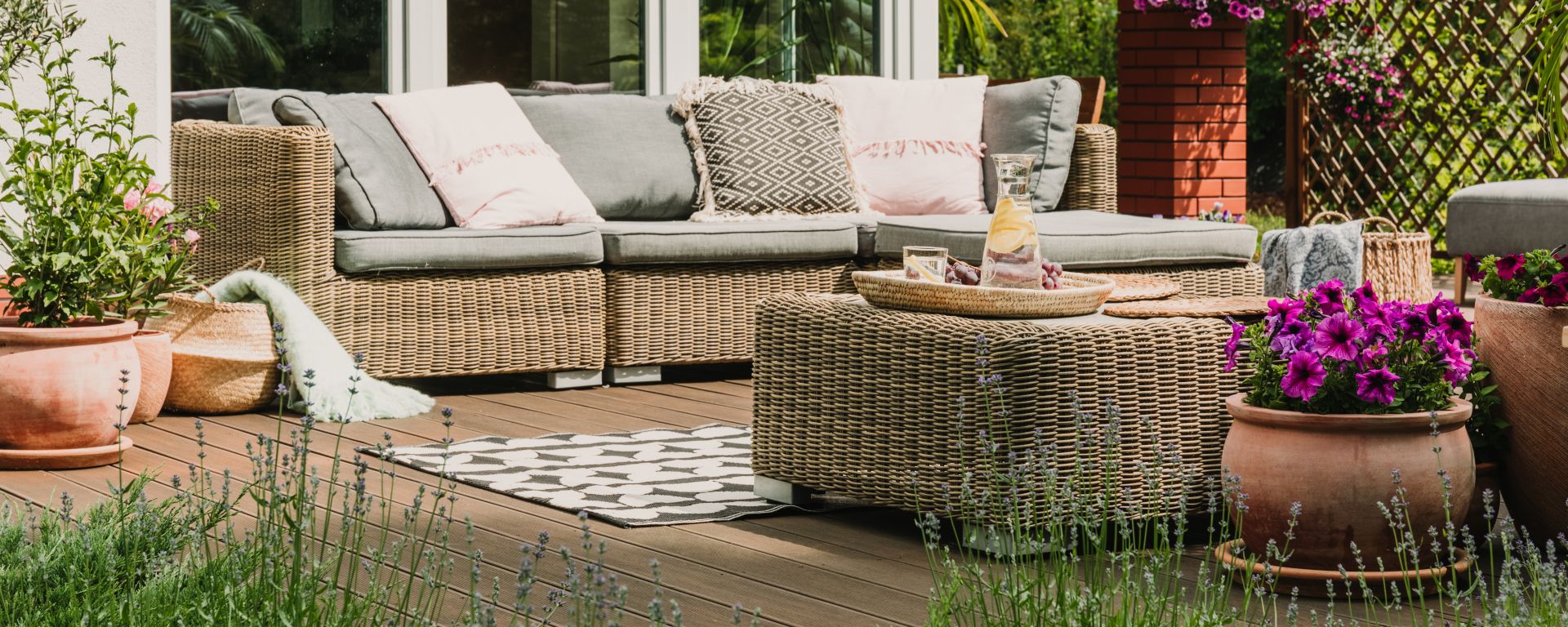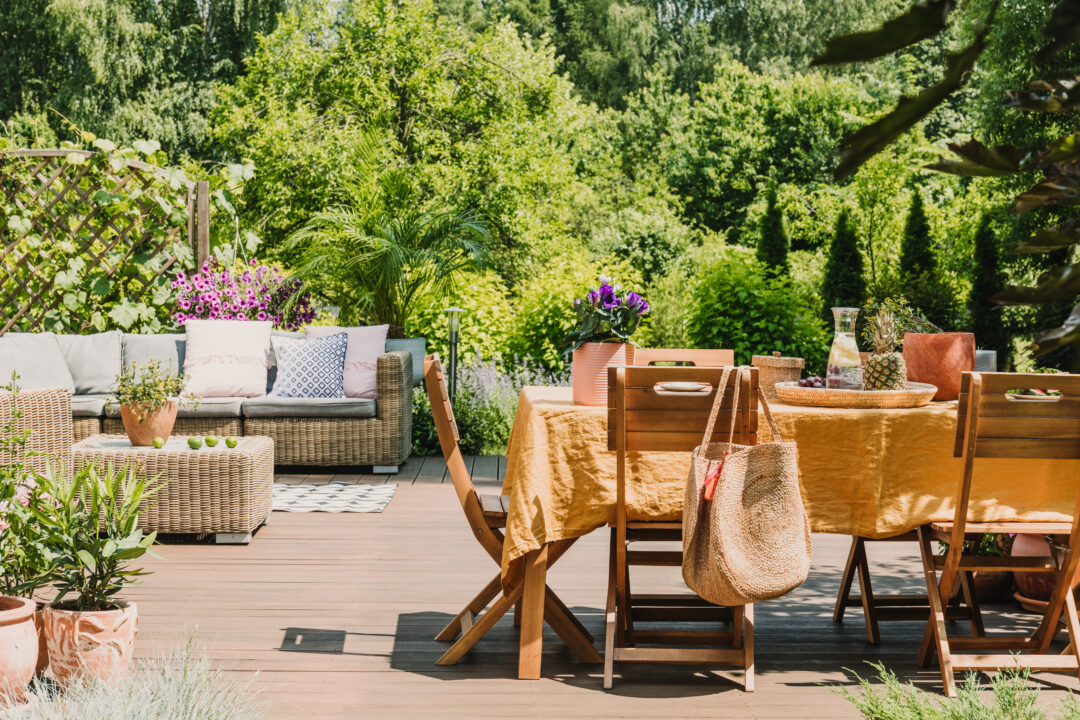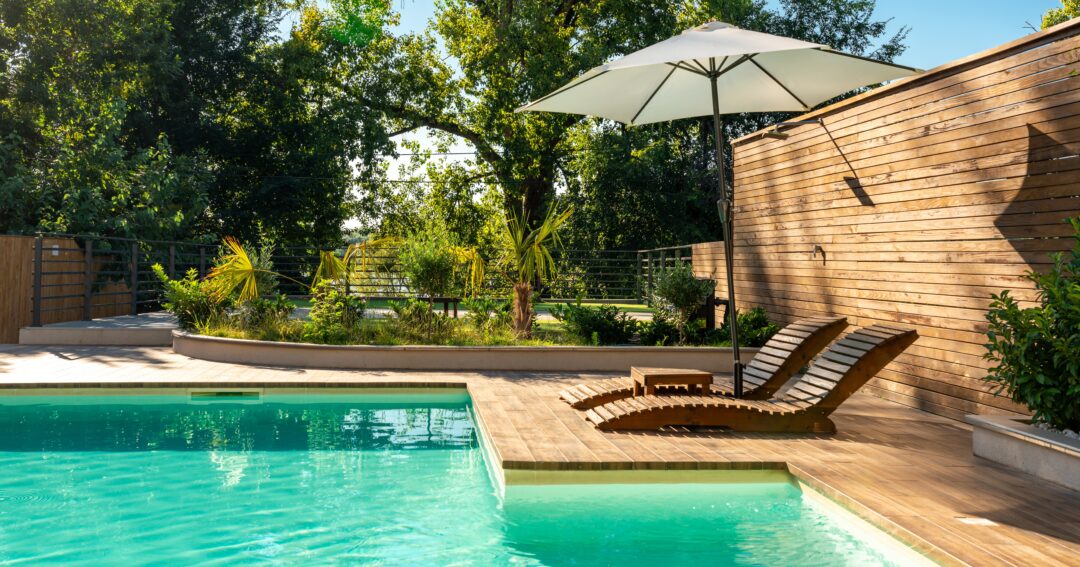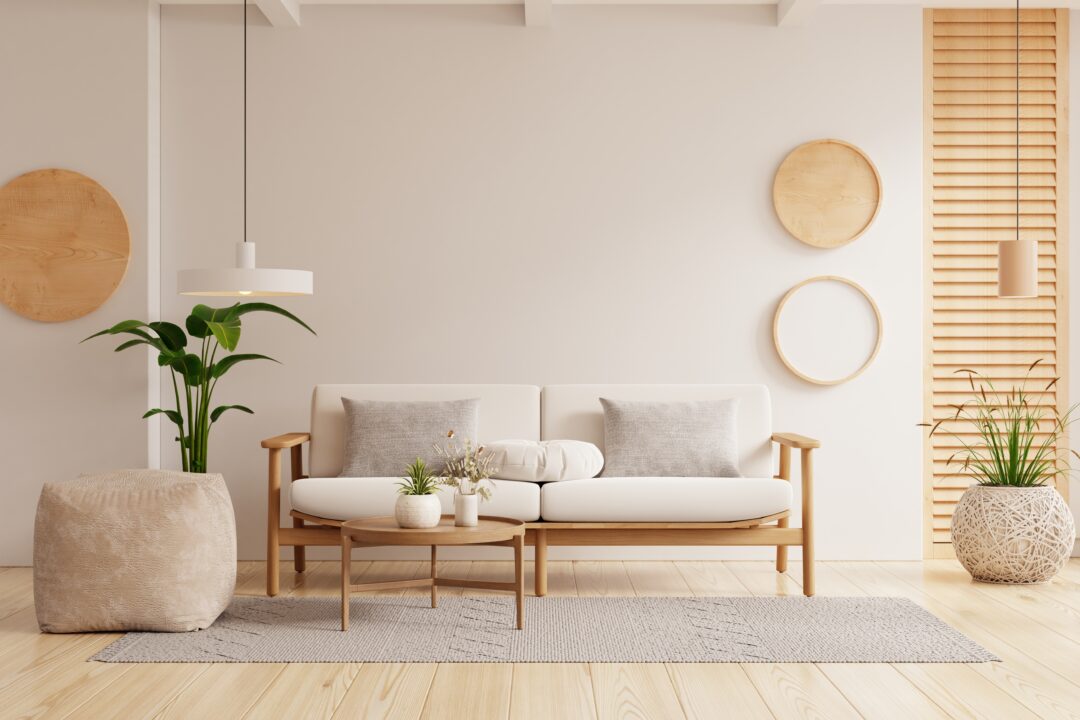Having a flourishing and dreamy-looking garden to look out into every day adds invaluable quality of life. However, as much as we’d all like to create a beautiful outdoor space overnight, gardening and outdoor maintenance often takes time and patience; but luckily, not always. Creating a low-maintenance garden is an option to consider if you don’t have as many free hours as you’d like during the day to tend to it.
A garden that doesn’t require much time for upkeep is not only aesthetically pleasing but also allows you to spend less time maintaining it and more time enjoying your outdoor space. In this post, we will provide design tips and plant selection strategies to help you create a beautiful and easy-to-maintain garden.
Designing a Low-Maintenance Garden
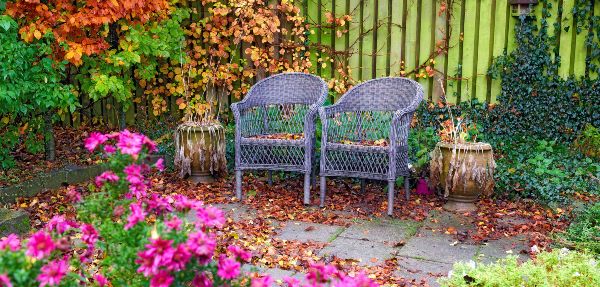
The first step to reaching the end result of a lush garden is the thought process you put behind it. Follow the design guidelines below to create the dream garden for your home.
1. Define Your Garden’s Purpose and Style
Before designing your garden on paper, you should consider its main purpose. Ask yourself what type of garden you desire. It could be a tranquil retreat, a space for entertaining, or a vibrant flower garden. No matter what it is, this thought process will make the practical work more seamless.
You should also consider the garden’s style. Options to consider are formal, cottage-inspired, or minimalist design. This will influence the layout, choice of plants, and overall ambiance of your garden.
2. Optimise Space and Plant Placement
Clever use of space and strategic plant placement make maintenance much easier. Plan pathways that give you access to different areas of the garden. This will ensure plants aren’t trampled on.
Placing plants with similar water and maintenance requirements together will simplify watering, fertilising, and pruning. Another smart consideration is using raised beds or containers to manage plant growth better and to minimise the spread of weeds.
3. Incorporate Hardscaping Elements
Beautiful gardens aren’t made up of plants only, but hardscaping elements too. Pathways, patios, and seating areas will not only add visual interest to your garden but also reduce overall maintenance. Low-maintenance materials like gravel, mulch, or drought-tolerant pavers make maintenance a lot easier.
Consider installing landscape fabric or weed barriers beneath the hardscaping elements to prevent weed growth, minimising the need for frequent weeding.
Selecting Low-Maintenance Plants
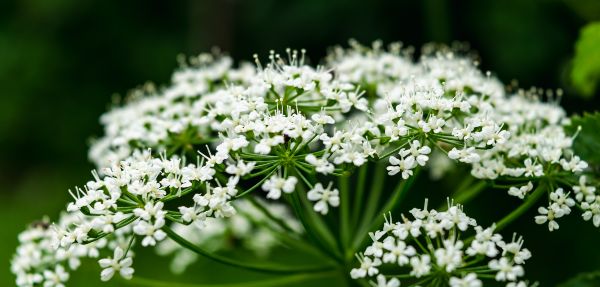
The whole idea of a low-maintenance garden is the minimal work that is required to keep it alive and flourishing. The key to this is low-maintenance plants that can be managed with ease. Use the steps and plant selections below when creating your outdoor space.
1. Native and Drought-Tolerant Plants
Head to your nearest nursery and ask them for native plants that are well-adapted to the local climate and require minimal care. These plants are usually also drought-tolerant and more resistant to pests and diseases. You won’t need to water them as much, and they will attract local wildlife too.
Some drought-tolerant plants to consider are lavender, succulents, or ornamental grasses. These are excellent choices for low-maintenance gardens.
2. Perennials and Evergreen Shrubs
Perennial plants are a great choice as they come back year after year, reducing the need for replanting. Opt for low-maintenance perennial varieties that are disease-resistant and have a long lifespan.
Evergreen shrubs are another great addition to a low-maintenance garden. They retain their foliage throughout the year, which makes for everlasting colour and beauty, no matter the season. Go for compact varieties that require minimal pruning and care.
3. Ground Covers and Mulching
If you want to prevent weed growth while reducing the need for extensive mulching, ground covers are your solution. These are plants that cover soil extensively. Creeping thyme, vinca, or sedum are great options for your garden.
For all other areas in your garden that require it, mulching is a great way to suppress weeds, retain moisture in the soil, and reduce watering needs. Go for organic mulch options like wood chips, straw, or shredded leaves.
4. Consider Dwarf or Compact Varieties
Planting dwarf or compact plant varieties in your garden can significantly reduce maintenance efforts. These are plants with a smaller size, therefore requiring less pruning and care. Look for small-sized trees, shrubs, and flowering plants that will suit your specific garden.
Conclusion
As you can see, creating a low-maintenance garden is all about strategic design and thoughtful plant selection. With the steps in this post that relate to design, planning, and executing with the right plants, you’ll have a vibrant garden that’s easy to maintain in no time.
To save yourself even more time, book from the convenient range of SweepSouth cleaning services we offer on the website or the SweepSouth app. There’s a professional outdoor SweepStar for every type of garden, ready to give you the outdoor view you’ve always wanted.

